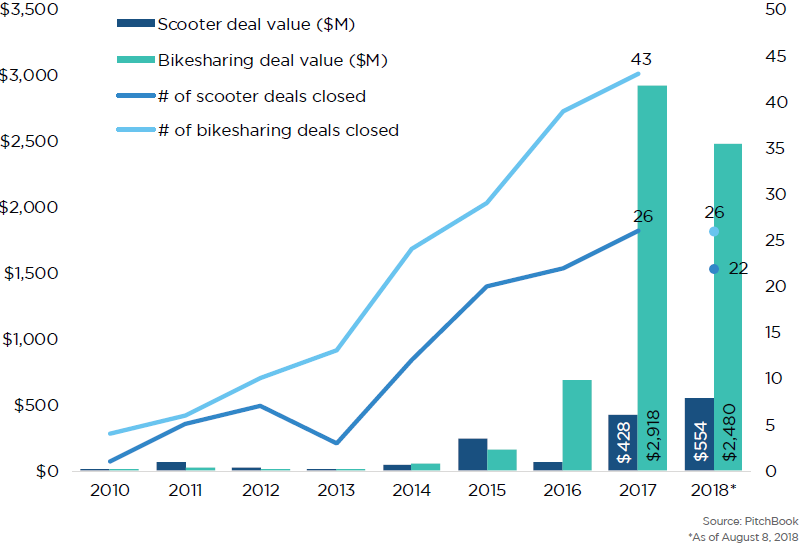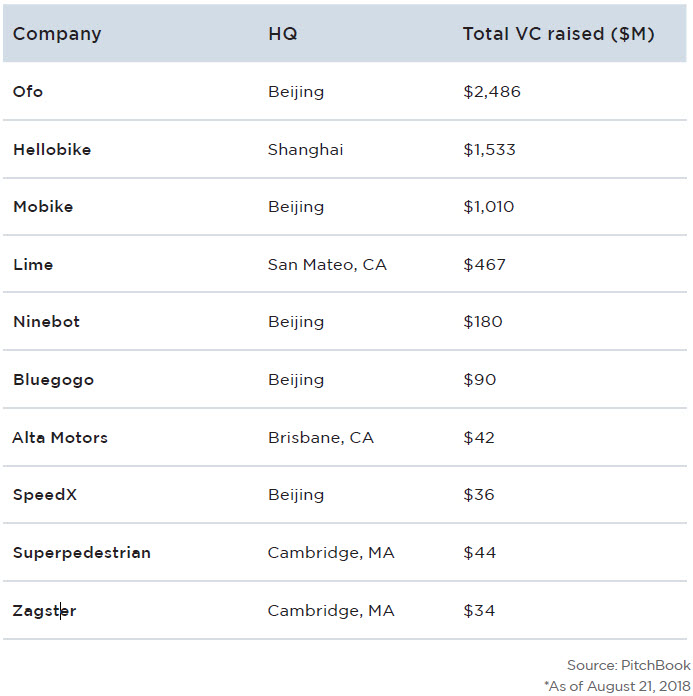
“Why Knowing Your Business’s Value Is Essential: My Perspective as an M&A Advisor at Achieve Corporation”
Introduction
When people think of business valuations, they often associate them with an immediate sale or a significant event—like when a shareholder needs to exit, or a prospective buyer approaches. Over the years at Achieve Corporation, however, I’ve seen how crucial it can be for directors and business owners to keep a firm grasp on their company’s worth, even in times of stability.
I remember one client, a manufacturing entrepreneur, who was certain he wasn’t interested in selling. But when an unexpected opportunity arose—an overseas investor offering a compelling strategic partnership—he scrambled to figure out whether the proposal was fair. Did it reflect the true value he’d built over decades? Was the investor undervaluing his intellectual property or unique market position? Because he lacked current valuation insights, making an informed decision was tough.
In this article, I’ll explore why every owner or director should periodically assess what their company is worth—whether or not a sale or merger is on the horizon. From securing financing and attracting talent to shaping effective exit strategies, understanding your value can be a game-changer. I’ll walk you through the common misconceptions, the hidden advantages, and the practical steps you can take to stay ahead of the valuation curve.
The Role of Valuation Beyond a Sale
Yes, valuations are most commonly discussed in the context of mergers and acquisitions. But a company’s market value has broader implications. Think about raising capital—if you approach a bank for a significant loan or bring in an investor to fund expansion, they’ll naturally look at how much your business is worth.
Another scenario: talent acquisition. In a competitive hiring market, offering equity or stock options is a powerful draw for high-caliber executives. But how do you set those equity percentages if you don’t have a sense of your business’s value? I recall a tech start-up I advised that lost a stellar CTO candidate partly because they couldn’t convincingly explain their equity offer. The candidate sensed a mismatch between the stated ownership share and the actual value it represented, leading them to accept a clearer, more transparent deal elsewhere.
An open-ended question: “Have you ever turned away potential collaborators or top-tier hires simply because you couldn’t confidently articulate your company’s financial worth?” If the answer is yes—or if you’re not sure—it might be time for a valuation refresh.
Strategic Decision-Making and Growth
Valuations can drive internal strategy, too. If you’ve ever wondered whether it’s time to diversify your products, expand geographically, or invest in new technology, a valuation can offer meaningful data. Suppose your business is valued lower than you’d hoped. That might signal a need to improve profit margins or reduce operational risks. If it’s higher than expected, perhaps you can leverage that strength for strategic acquisitions or partnerships.
At Achieve Corporation, I’ve sat with directors who discovered their intangible assets—brand reputation, proprietary software, or loyal client base—were actually more valuable than their physical infrastructure. Armed with that insight, they shifted investment priorities to nurture these intangible assets, which boosted the company’s overall valuation over the next few years.
One anecdote stands out: a family-owned food distributor that believed its worth lay in warehouse capacity. But a deeper analysis revealed that its carefully curated supply-chain relationships and local brand loyalty created a significant intangible premium. Recognising this hidden value allowed them to negotiate better deals with suppliers and implement brand-building campaigns that further elevated the company’s standing.
Minimising Risk and Preparing for Uncertainties
Life can throw curveballs—unexpected health issues, divorce settlements, or sudden offers from competitors. Without a clear understanding of your business’s market value, you’re left vulnerable to reactive decisions. If a personal crisis forces a shareholder to liquidate some holdings, an out-of-date or rough-guess valuation could lead to undervaluation, especially if unscrupulous buyers sense desperation.
I once consulted for a design agency whose co-founder experienced a health crisis. They needed quick liquidity but hadn’t updated their valuation for years. Potential buyers swooped in with lowball offers, capitalising on the founders’ urgency. Fortunately, Achieve Corporation stepped in to conduct a rapid, yet thorough, valuation. We gave them the leverage to negotiate a fair partial sale, keeping the business intact while still meeting the immediate financial needs of the co-founder.
Another angle: staying prepared for surprise acquisition bids. Even if you think selling is off the table, an opportunistic buyer might see synergy with your brand or technology. Having a baseline valuation ensures you don’t shortchange yourself in the heat of a surprise negotiation.
Encouraging Stakeholder Confidence
A well-supported valuation can reassure stakeholders—employees, investors, lenders, and even your board of directors—that the company is on solid ground. If you’re planning a strategic pivot or seeking to open a new branch, a credible valuation can underscore why such a move makes sense. It also fosters confidence among employees who might otherwise be rattled by major changes.
Consider the scenario of a long-serving CFO who’s on the verge of retirement, leaving behind an operational vacuum in the finance department. Presenting a strong valuation to your staff can instill faith that the business remains robust, even as leadership transitions occur. This, in turn, helps retain talent who might be concerned about future uncertainty.
Open-ended question: “How might a transparent valuation strategy enhance trust among your current stakeholders—employees, suppliers, partners—who might be nervous about the company’s direction?” If you can answer that convincingly, you’re on track to leveraging valuation knowledge as a trust-building tool.
Methods of Valuation: A Brief Overview
Although valuations can get technical, the basics are worth noting. Some owners rely on EBITDA multiples, comparing earnings before interest, tax, depreciation, and amortisation to industry benchmarks. Others use discounted cash flow (DCF) models, projecting future earnings and discounting them to present value. Asset-based approaches look at the worth of tangible and intangible assets. Then there’s the possibility of a hybrid method, blending multiple approaches for a comprehensive picture.
Which method suits you? It depends on your business model, growth stage, and industry norms. At Achieve Corporation, we’ve worked with everything from manufacturing plants that rely heavily on equipment (making asset-based valuations more relevant) to digital service providers whose real value lies in brand equity or client relationships. The key is tailoring the valuation method to your unique circumstances.
For example, a subscription-based SaaS firm might emphasise recurring revenue streams, evaluating churn rates and customer lifetime value. Meanwhile, a creative agency might highlight intangible brand value and top-tier client accounts. In short, there’s no one-size-fits-all solution, but rather a strategic choice that aligns with your operational realities.
Common Misconceptions and Pitfalls
Some directors assume they only need a valuation once every few years, usually when there’s a sale on the horizon. In my experience, that’s like saying you only need financial statements once in a while. A business’s worth can fluctuate based on market shifts, competitor activity, and internal developments. If you don’t keep a finger on the pulse, you might miss signals that your competitive advantage is waning—or, conversely, that you could be capitalising on hidden strengths.
Another pitfall is relying on a superficial guess or “rule of thumb.” While broad market multiples can offer a starting point, they often ignore nuances like your brand’s local loyalty, proprietary technology, or exceptional leadership team. I once met an owner who insisted their business was worth a certain multiple of revenue simply because they heard about a competitor’s sale. Yet that competitor had established IP and global distribution channels, which warranted a higher multiple. Had we not dug deeper, they might have anchored to a misguided figure.
Practical Steps for an Ongoing Valuation Mindset
How do you keep track of your company’s value without becoming obsessive? One approach is scheduling annual or biannual check-ins with a valuation specialist, akin to a doctor’s appointment. This doesn’t always require a full-blown analysis—it can be a high-level health check, reaffirming whether your EBITDA remains competitive, or if your risk factors (like customer concentration) have improved or worsened.
Another tip: maintain accurate, transparent financial records. If you ever need a fast valuation, you don’t want to lose weeks sifting through disorganised ledgers or clarifying contradictory statements. Being audit-ready not only simplifies valuations but also inspires trust among potential buyers or investors.
Additionally, gather data on your competitors and industry benchmarks regularly. If a rival sells for an impressive multiple, dig into why. Were they in a niche with rising consumer demand? Did they hold key patents? Understanding these triggers can inform your own business strategies, possibly raising your valuation in the long run.
When an External Valuation Might Be Necessary
Sometimes, a quick internal calculation isn’t enough. If you’re exploring serious financing, attracting private equity, or even negotiating a buyout with an external party, a professional valuation provides an objective reference point. At Achieve Corporation, we bring in specialists who can apply rigorous methods, factoring in everything from your share of the market to the resilience of your supply chain. This external perspective also carries weight in negotiations, preventing you from anchoring too low or too high.
Moreover, an external valuation can reveal aspects of your company that are undervalued or overlooked. Maybe you’ve underplayed the significance of certain trademarks, or you haven’t factored in how robust your data collection processes are. Independent experts can highlight these strengths, boosting your overall worth in a transaction or investment scenario.
Handling Emotional Attachments
For many owners, a business represents years of sweat, personal sacrifice, and passion. That emotional attachment can skew perceptions of value. You might feel your company should command a premium simply because you’ve poured your life into it. While your devotion is admirable, the market might view certain assets differently. An objective valuation helps you separate personal sentiment from genuine market indicators, reducing the risk of stalling or derailing deals over unrealistic figures.
An open-ended question you might pose is: “Am I willing to let go of some emotional biases for the sake of a clear-eyed understanding of my business’s real-world worth?” If you can embrace that perspective, you’ll find it easier to navigate negotiations or strategic planning.
Conclusion
Knowing what your business is worth isn’t a luxury reserved for those on the verge of a sale—it’s a strategic necessity at virtually every stage of ownership. Whether you’re courting top talent, seeking finance, or simply want peace of mind about your life’s work, an up-to-date valuation can steer your decisions more wisely.
At Achieve Corporation, I’ve witnessed how a solid grasp of company value can transform everything from exit negotiations to day-to-day management. Have you considered the doors that open when you’re equipped with credible numbers? Or the pitfalls you can dodge by not leaving valuation considerations until the last minute?
If you’re ready to take a proactive stance on understanding your company’s worth—or if you suspect your business might be undervalued—reach out to me at Achieve Corporation. Let’s explore how regular, strategic valuations can shape your company’s growth trajectory, safeguard your legacy, and set you up for success in a fast-changing market. You’ve poured your energy into building something remarkable—doesn’t it make sense to know precisely what you’ve created?
Email: mark@achieve-corporation.com
Achieve Corporation: Your Partner in High-Value Business Sales.
Click here to navigate back to our Home Page
For a valuation of a company with a sub £2 Million turnover – Click this link – Value My Business by Mark Ross Now
For a valuation of a company with a plus £2 Million turnover – Click this link – Business Valuation in 3 Easy Steps



